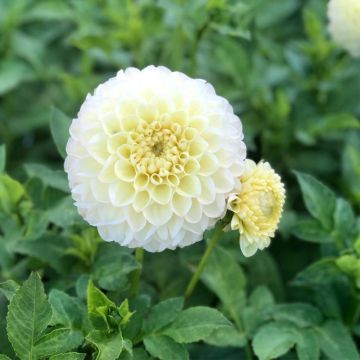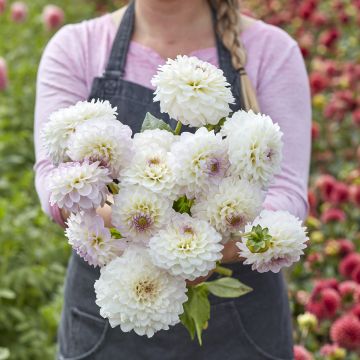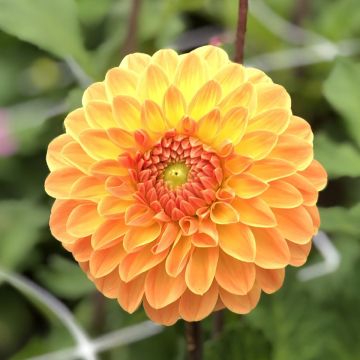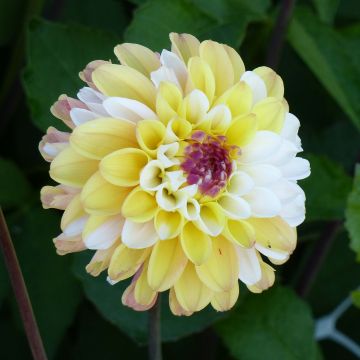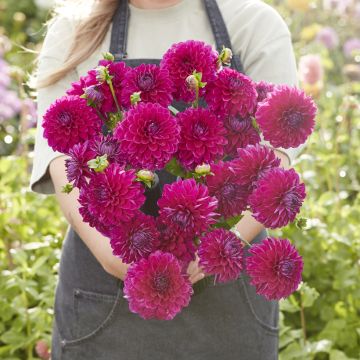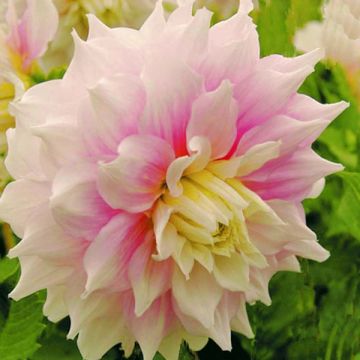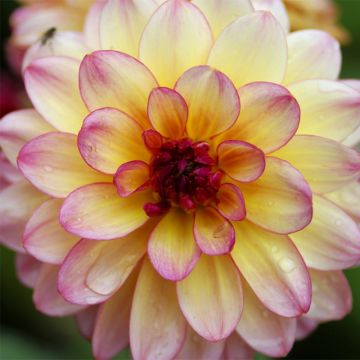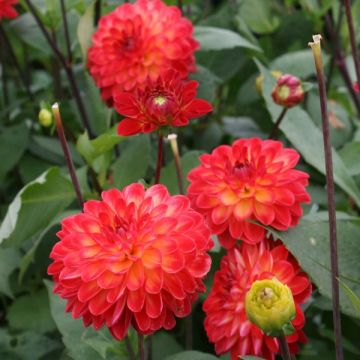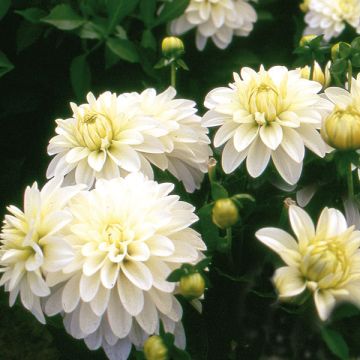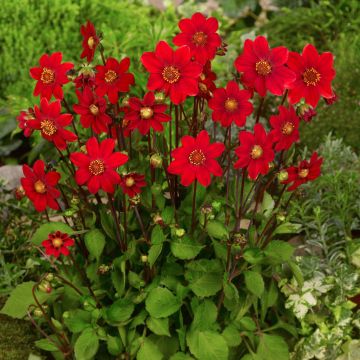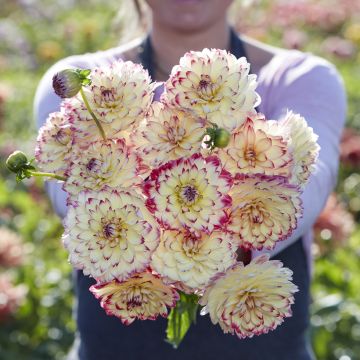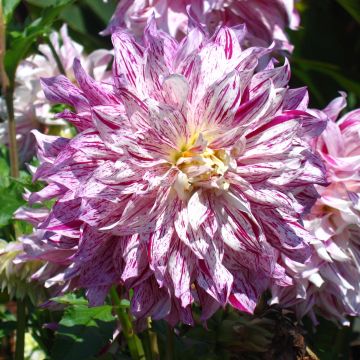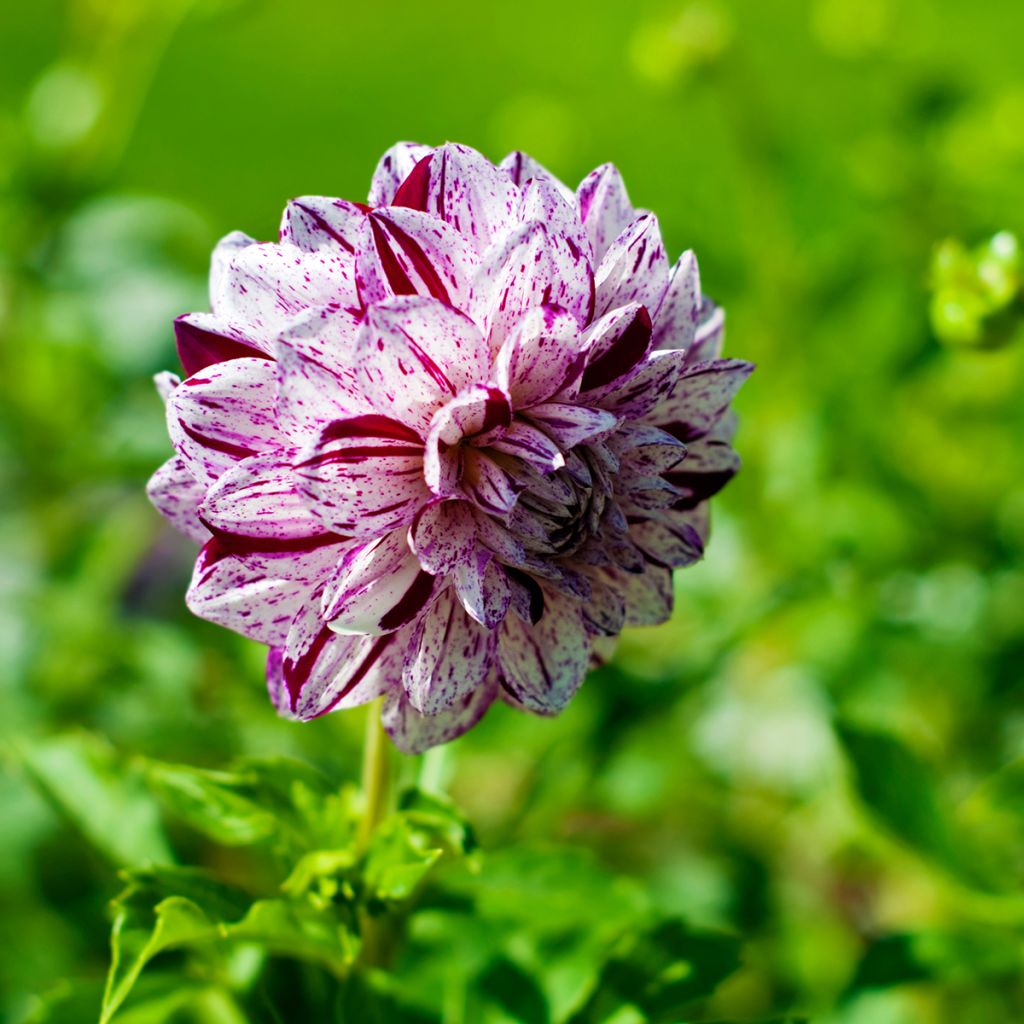

Dahlia Marble Ball
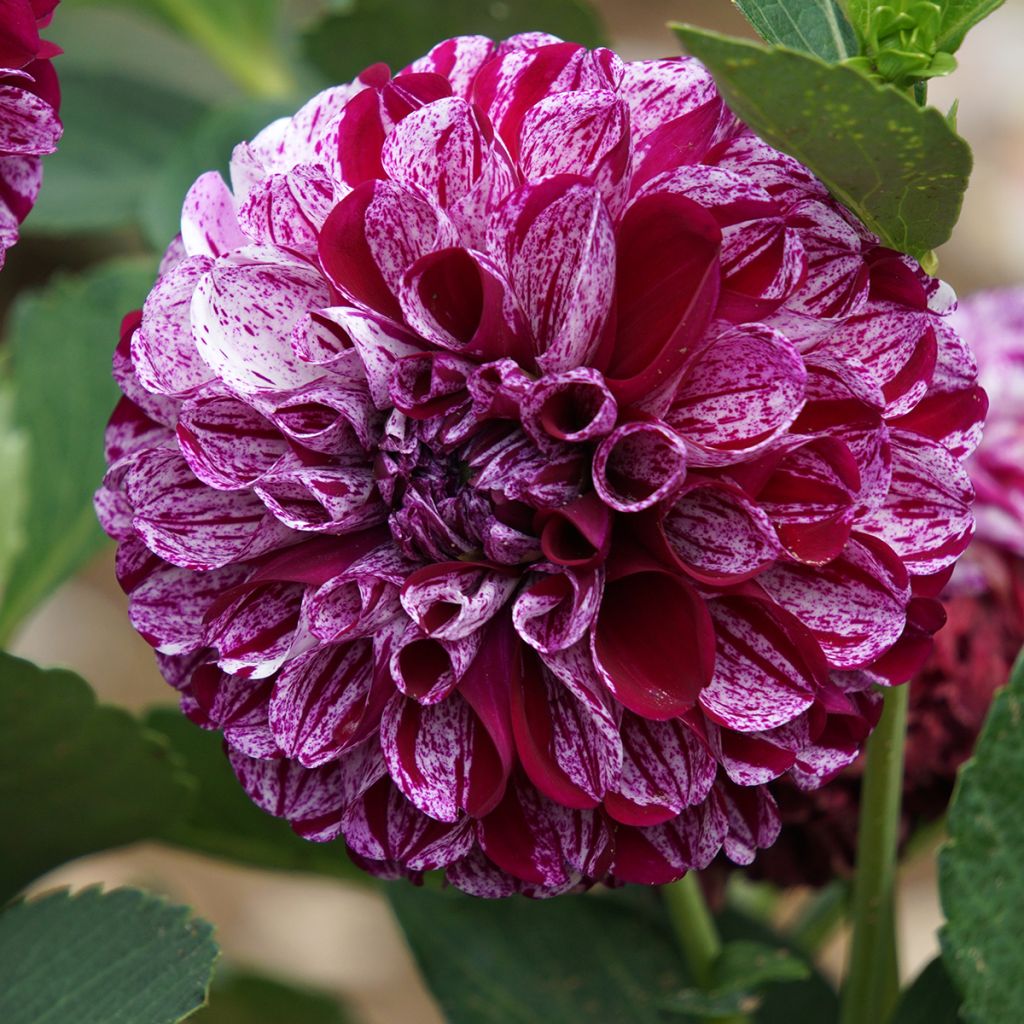

Dahlia Marble Ball
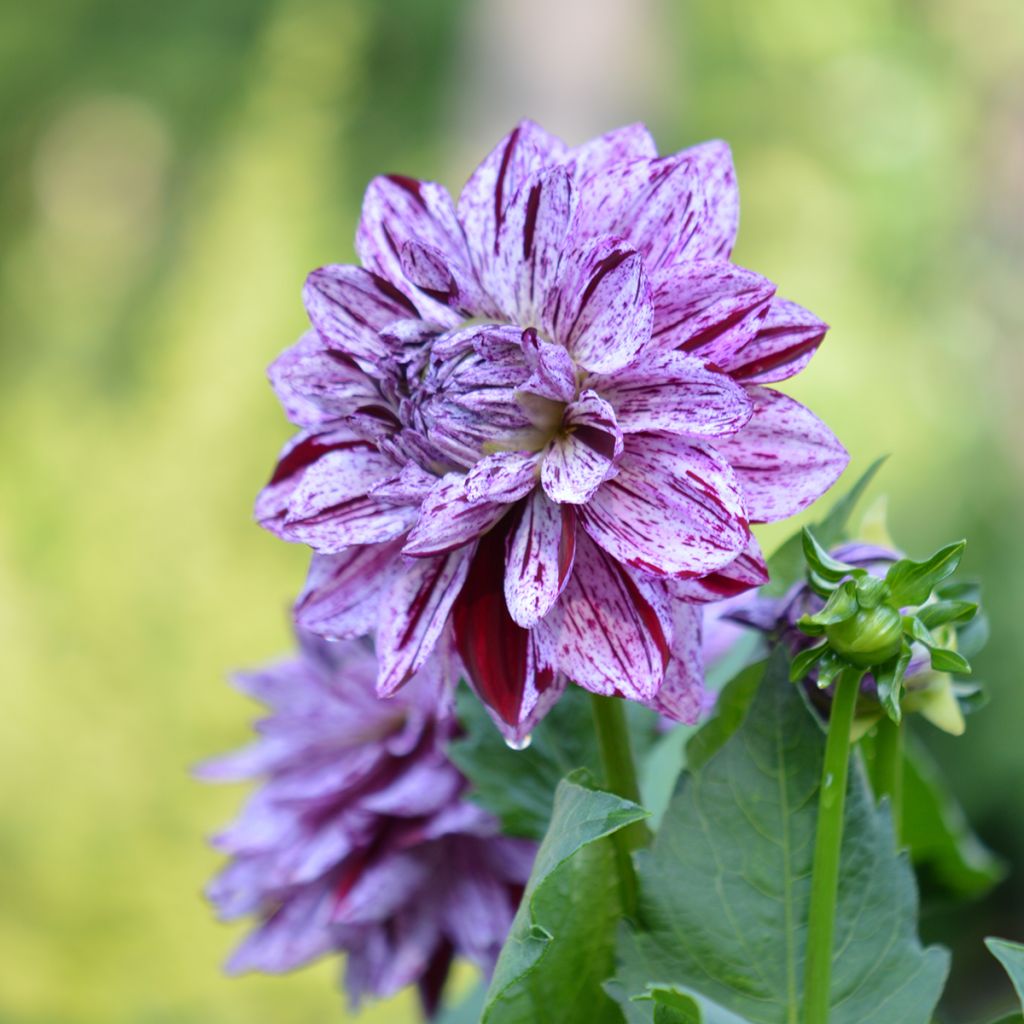

Dahlia Marble Ball
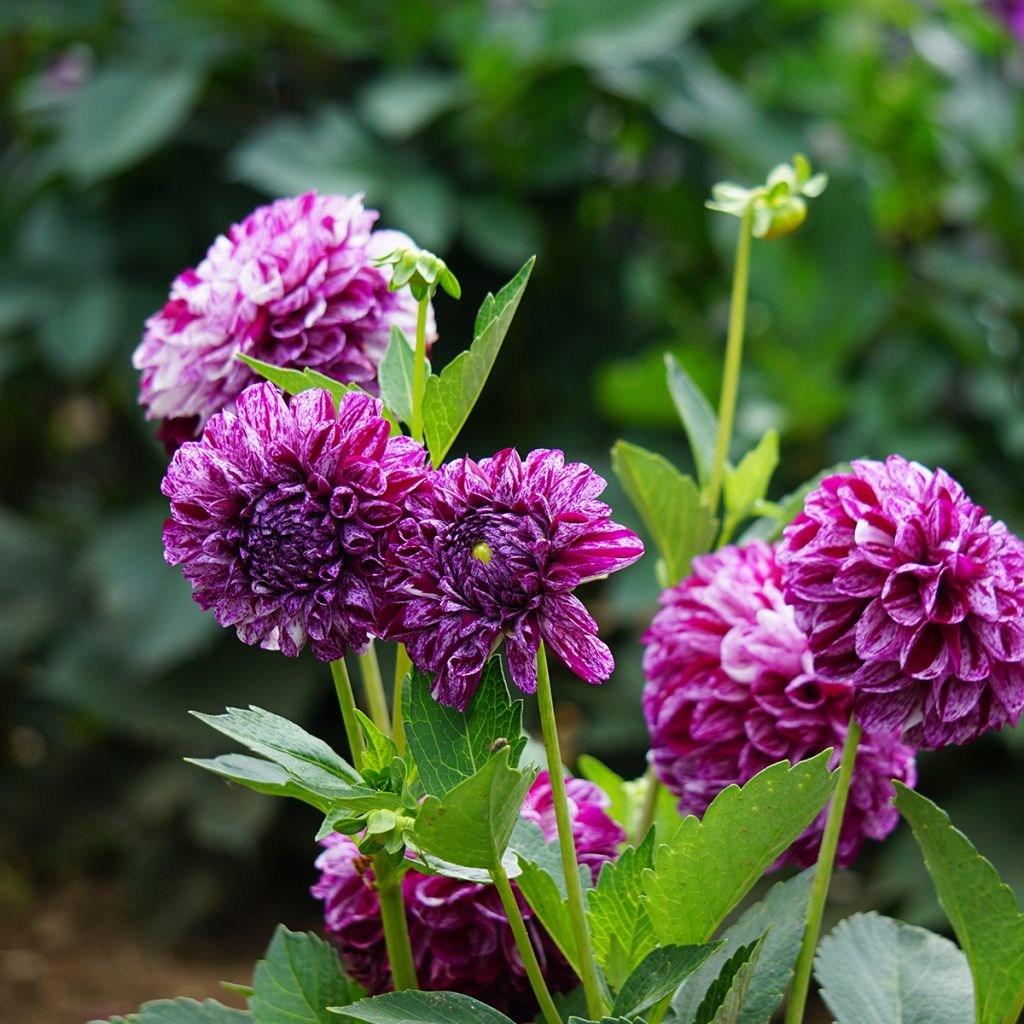

Dahlia Marble Ball
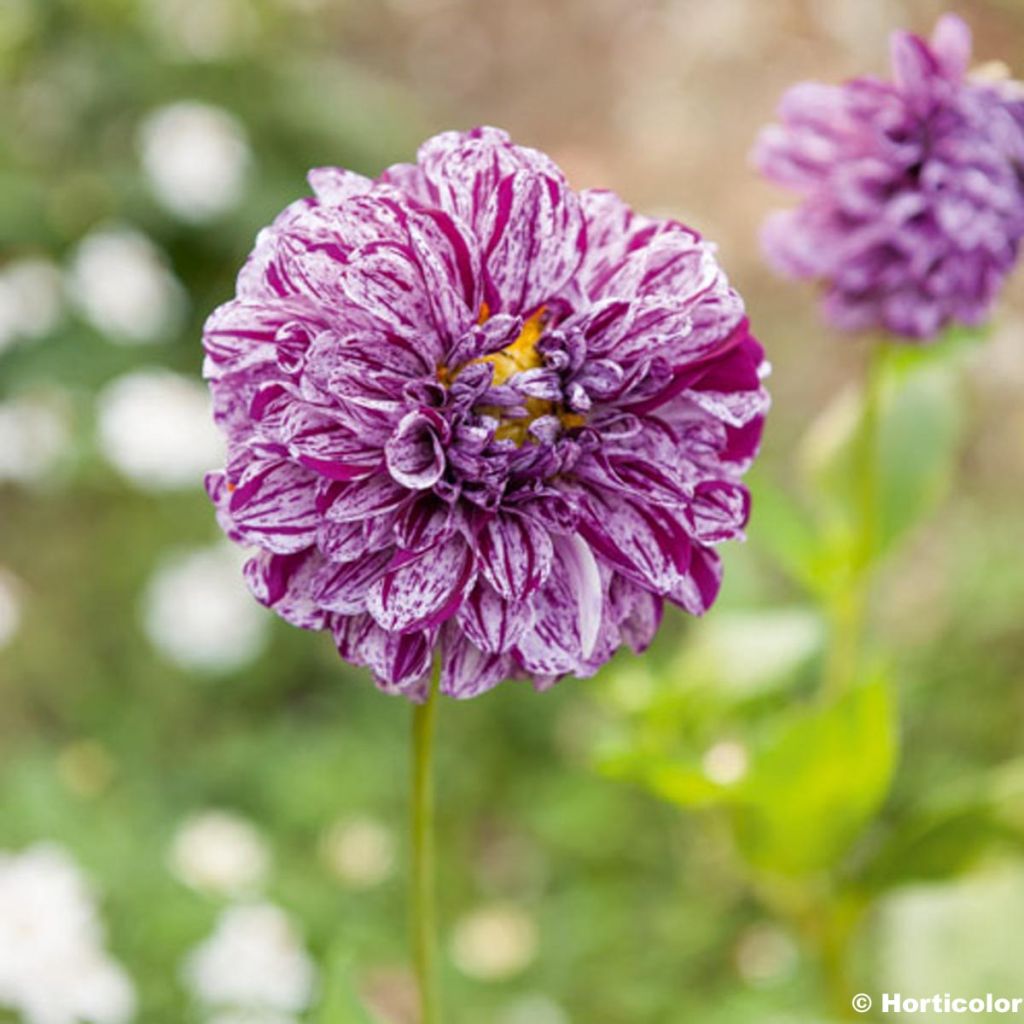

Dahlia Marble Ball
Dahlia Marble Ball
Dahlia Marble Ball
Dahlia
A lovely bulb. It's winter, so I can't see any vegetation. But the bulb looks healthy, firm, and sturdy. The packaging was well done: the plants were well protected, and the shipping box was protective.
David D., 07/03/2018
This item cannot be shipped to the selected country
Delivery charge from €5.90
More information
Schedule delivery date,
and select date in basket
This plant carries a 6 months recovery warranty
More information
We guarantee the quality of our plants for a full growing cycle, and will replace at our expense any plant that fails to recover under normal climatic and planting conditions.
From €5.90 for pickup delivery and €6.90 for home delivery
Express home delivery from €8.90.
Does this plant fit my garden?
Set up your Plantfit profile →
Description
Dahlia 'Marble Ball' offers truly unique flowers, which are both charming and opulent. They are truly one-of-a-kind, resembling large, round balls, entirely striated and streaked with garnet and purple on a cream-white background. This award-winning variety will make a statement in a bed of perennials or annuals with light flowers, and will add another dimension to homemade bouquets, even late in the season.
Dahlias belong to the large family of Asteraceae, originally from the high plateaus of Mexico. Currently, the approximately 25,000 horticultural varieties obtained by humans have invaded gardens all over the world, much to our delight. Dahlia varieties are classified based on the shape of their heads. 'Marble Ball' is a Dahlia from the decorative group with ball-shaped flowers. In this category, the heads have no visible centre and are composed of numerous regularly arranged and completely rolled up petals (ligules), tubular and never flaring out. It includes varieties that form true balls, such as pompoms (diameter less than 6cm (2in)) and balls (diameter greater than 6cm (2in)). The heads of this 'Marble Ball' variety generally measure 10cm (4in) in diameter. The ligules are entirely marbled and randomly streaked with purple, and the centre of the inflorescence appears garnet, almost violet. The plant will reach a height of about 90cm (35in) to 1m (3ft) and a width of 50 to 60cm (20 to 24in), depending on the growing conditions. It has an upright habit and its stems sometimes require staking. Its green leaves are divided into denticulate lobes. The flowering of this variety begins in July and ends in October-November, if faded flowers are removed or bouquets are made frequently.
Today, Dahlias are essential in gardens, whether it be ornamental gardens or even vegetable gardens. Initially cultivated in Mexico as a root vegetable, their poor taste quickly relegated them to the status of ornamental plants, but they are still welcome in vegetable gardens to bring some colour amidst the vegetables. 'Marble Ball' is an exceptional flower that can be used as a focal plant in raised beds, alongside pink or white cosmos or white asters, for example. It can also be paired with foliage plants like fennel or purple-leaved varieties (Cotinus 'Royal Purple', Physocarpus 'Red Baron', Sambucus nigra 'Black Lace'). Its cut flowers, trimmed very short and placed in a shallow bowl surrounded by grapevines and clusters of black grapes, will work wonders on an autumn table.
Report an error about the product description
Plant habit
Flowering
Foliage
Botanical data
Dahlia
Marble Ball
Asteraceae
Dahlia
Cultivar or hybrid
Other Ball Dahlia
Planting and care
The Dahlia 'Marble Ball' is easy to grow in all regions. For a generous flowering, it is good to follow a few simple rules. Plant the tubers in full sun as soon as the last frost is over. Rich, fresh, and well-drained soil is perfect. However, stagnant humidity would promote tuber rot. Do not hesitate to amend the soil with compost and sand if needed. Work the soil deeply and enrich it, for example, with crushed horn or dehydrated blood. Place your tuber and crumble the soil well to fill without air pockets. Your dahlia should be covered with about 6cm (2in) of soil. At the end of planting, water once abundantly and then regularly renew this watering during the first 6 weeks to help with rooting.
Dahlias are sensitive to cold, so they need to be overwintered. In November, the first frosts cause the foliage to turn black, which is the time to dig them up. Carefully remove the tubers. Remove as much soil as possible. Let the foliage dry so that the tubers can replenish their reserves. Then cut the stems to 10cm (4in). Spread your bulbs in a crate on newspaper. Store them frost-free in a dry, cool, and dark place, such as a frost-free garage or an attic. In regions in the South, close to the coast, where there are only a few days of frost per year, it is possible to leave them in place. In this case, simply cover the ground with a layer of leaves or straw for protection.
This tall Dahlia, with its hollow stems and heavy flowers, sometimes does not withstand wind or heavy rains well. To overcome this inconvenience, you can stake it, but let's admit it, it is not very aesthetic. On the other hand, by pinching the stems early or removing the axial flower buds, you spread out the habit of the plant, which will offer more resistance to bad weather. At the same time, you channel the influx of sap to a single flower that will become larger and stronger.
Planting period
Intended location
Care
-
, onOrder confirmed
Reply from on Promesse de fleurs
Dahlias
Haven't found what you were looking for?
Hardiness is the lowest winter temperature a plant can endure without suffering serious damage or even dying. However, hardiness is affected by location (a sheltered area, such as a patio), protection (winter cover) and soil type (hardiness is improved by well-drained soil).

Photo Sharing Terms & Conditions
In order to encourage gardeners to interact and share their experiences, Promesse de fleurs offers various media enabling content to be uploaded onto its Site - in particular via the ‘Photo sharing’ module.
The User agrees to refrain from:
- Posting any content that is illegal, prejudicial, insulting, racist, inciteful to hatred, revisionist, contrary to public decency, that infringes on privacy or on the privacy rights of third parties, in particular the publicity rights of persons and goods, intellectual property rights, or the right to privacy.
- Submitting content on behalf of a third party;
- Impersonate the identity of a third party and/or publish any personal information about a third party;
In general, the User undertakes to refrain from any unethical behaviour.
All Content (in particular text, comments, files, images, photos, videos, creative works, etc.), which may be subject to property or intellectual property rights, image or other private rights, shall remain the property of the User, subject to the limited rights granted by the terms of the licence granted by Promesse de fleurs as stated below. Users are at liberty to publish or not to publish such Content on the Site, notably via the ‘Photo Sharing’ facility, and accept that this Content shall be made public and freely accessible, notably on the Internet.
Users further acknowledge, undertake to have ,and guarantee that they hold all necessary rights and permissions to publish such material on the Site, in particular with regard to the legislation in force pertaining to any privacy, property, intellectual property, image, or contractual rights, or rights of any other nature. By publishing such Content on the Site, Users acknowledge accepting full liability as publishers of the Content within the meaning of the law, and grant Promesse de fleurs, free of charge, an inclusive, worldwide licence for the said Content for the entire duration of its publication, including all reproduction, representation, up/downloading, displaying, performing, transmission, and storage rights.
Users also grant permission for their name to be linked to the Content and accept that this link may not always be made available.
By engaging in posting material, Users consent to their Content becoming automatically accessible on the Internet, in particular on other sites and/or blogs and/or web pages of the Promesse de fleurs site, including in particular social pages and the Promesse de fleurs catalogue.
Users may secure the removal of entrusted content free of charge by issuing a simple request via our contact form.
The flowering period indicated on our website applies to countries and regions located in USDA zone 8 (France, the United Kingdom, Ireland, the Netherlands, etc.)
It will vary according to where you live:
- In zones 9 to 10 (Italy, Spain, Greece, etc.), flowering will occur about 2 to 4 weeks earlier.
- In zones 6 to 7 (Germany, Poland, Slovenia, and lower mountainous regions), flowering will be delayed by 2 to 3 weeks.
- In zone 5 (Central Europe, Scandinavia), blooming will be delayed by 3 to 5 weeks.
In temperate climates, pruning of spring-flowering shrubs (forsythia, spireas, etc.) should be done just after flowering.
Pruning of summer-flowering shrubs (Indian Lilac, Perovskia, etc.) can be done in winter or spring.
In cold regions as well as with frost-sensitive plants, avoid pruning too early when severe frosts may still occur.
The planting period indicated on our website applies to countries and regions located in USDA zone 8 (France, United Kingdom, Ireland, Netherlands).
It will vary according to where you live:
- In Mediterranean zones (Marseille, Madrid, Milan, etc.), autumn and winter are the best planting periods.
- In continental zones (Strasbourg, Munich, Vienna, etc.), delay planting by 2 to 3 weeks in spring and bring it forward by 2 to 4 weeks in autumn.
- In mountainous regions (the Alps, Pyrenees, Carpathians, etc.), it is best to plant in late spring (May-June) or late summer (August-September).
The harvesting period indicated on our website applies to countries and regions in USDA zone 8 (France, England, Ireland, the Netherlands).
In colder areas (Scandinavia, Poland, Austria...) fruit and vegetable harvests are likely to be delayed by 3-4 weeks.
In warmer areas (Italy, Spain, Greece, etc.), harvesting will probably take place earlier, depending on weather conditions.
The sowing periods indicated on our website apply to countries and regions within USDA Zone 8 (France, UK, Ireland, Netherlands).
In colder areas (Scandinavia, Poland, Austria...), delay any outdoor sowing by 3-4 weeks, or sow under glass.
In warmer climes (Italy, Spain, Greece, etc.), bring outdoor sowing forward by a few weeks.


































